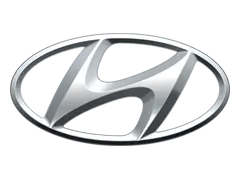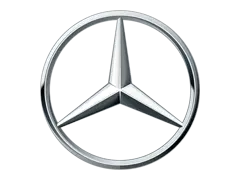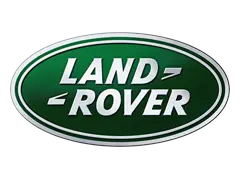Back in 1947, Chung Ju-Yung founded the Hyundai Engineering and Building Company. Later
in 1967, he founded the Hyundai Motor Company and joined the Ford Motor Company in 1968
to produce his first car, the Cortina. But Hyundai depends on the expertise of former Chairman
Austin Morris and five other leading UK car engineers when he is ready to do so. In 1975,
Hyundai released the Pony, Korea's first vehicle, featuring the ItalDesign design of Giorgio
Giugiaro and the powertrain technology of Mitsubishi Motors, in Japan.
The Pony is now exporting more than one million high-value cars from sedan, SUV, lorry and
busses, which was first produced independently by Hyundai Motor in 1976. In 2010 some 3.6
million cars were sold worldwide, 16.3% more than in 2009. In 2010, Hyundai Motor, the largest
automaker in the Korean market, sold approximately 45% of 659,565 cars on the Korean
domestic market. In 2010, the Company sold around 2.9 million cars to 5,300 dealers in over 186
countries outside Korea.
Hyundai started exporting the pony to Ecuador in 1976 and in 1984 became Canada's top-sale
vehicle. The one millionth vehicles were manufactured by Hyundai in 1985 and the next year
began selling vehicles in the States. In 1988, Hyundai began with his own technology and first
saw the rival Kia Motors, the Sonata Hyundai, acquired in 1998. The same year Hyundai began
to transform its image into a world-class brand focused on design and quality by adding to U.S.
vehicles even a 10-year 100,000-mile guarantee. It paid for it. It ranks second in 2004 in the
renowned J.D. Power and Associates quality survey and has also become one of the 100 leading
brands in the world.
Hyundai is listed as one of the 5 world's top automakers and one of the world's fastest-growing
and statistically increasing brands in recent decades. In Hyundai, worldwide over 3.6 million cars
have been sold. Ulsean has one of the largest automobile production facilities in the world with
an annual capacity of 1,6 million cars in Asia, North America, Europe and facilities in North
America, India, China, Pakistan and the Czech Republic. This is the only place where research
and development is possible. The company also employs over 75,000 people and in 193
countries around the world it operates 6,000 retailers and showrooms.
Global Operations:
Hyundai Motor has more than 78,000 employees around the world and implements a new global
localization policy. This includes the development, design, commercialisation, marketing and
consumer services to meet the tastes of both the local and global customers.
Hyundai Motor currently has six U.S., Indian, Chinese, Czzech, Russian, and Brazilian power
stations. The global production capacity of Hyundai Motor today stands at around 3.91 million
units per year (Domestic Korea: 1.96 million/Overseas: 2.05 million).
Future cars
The latest Hyundai concept vehicle, Curb, was unveiled during the 2011 Detroit International
Auto Show. Curb is a compact urban activity vehicle for the next generation of buyers in
Hyundai (UAV). Curb is also a test bed for future Hyundai Blue Link and automobile
connectivity.
The design of the Curb begins with the crystal which spills in the cap and wraps the A-pillars
around the cowl. This look is like a sport bike helmet's facial shield. The structural cups below
the glass are applied like a shield on the glass panels.
At the start, the many LED lights of the Curb sequentially light up and start with the external
lines and the signage of the Curb light through the paint. Furthermore cameras replace side
mirrors with the HUD.





























